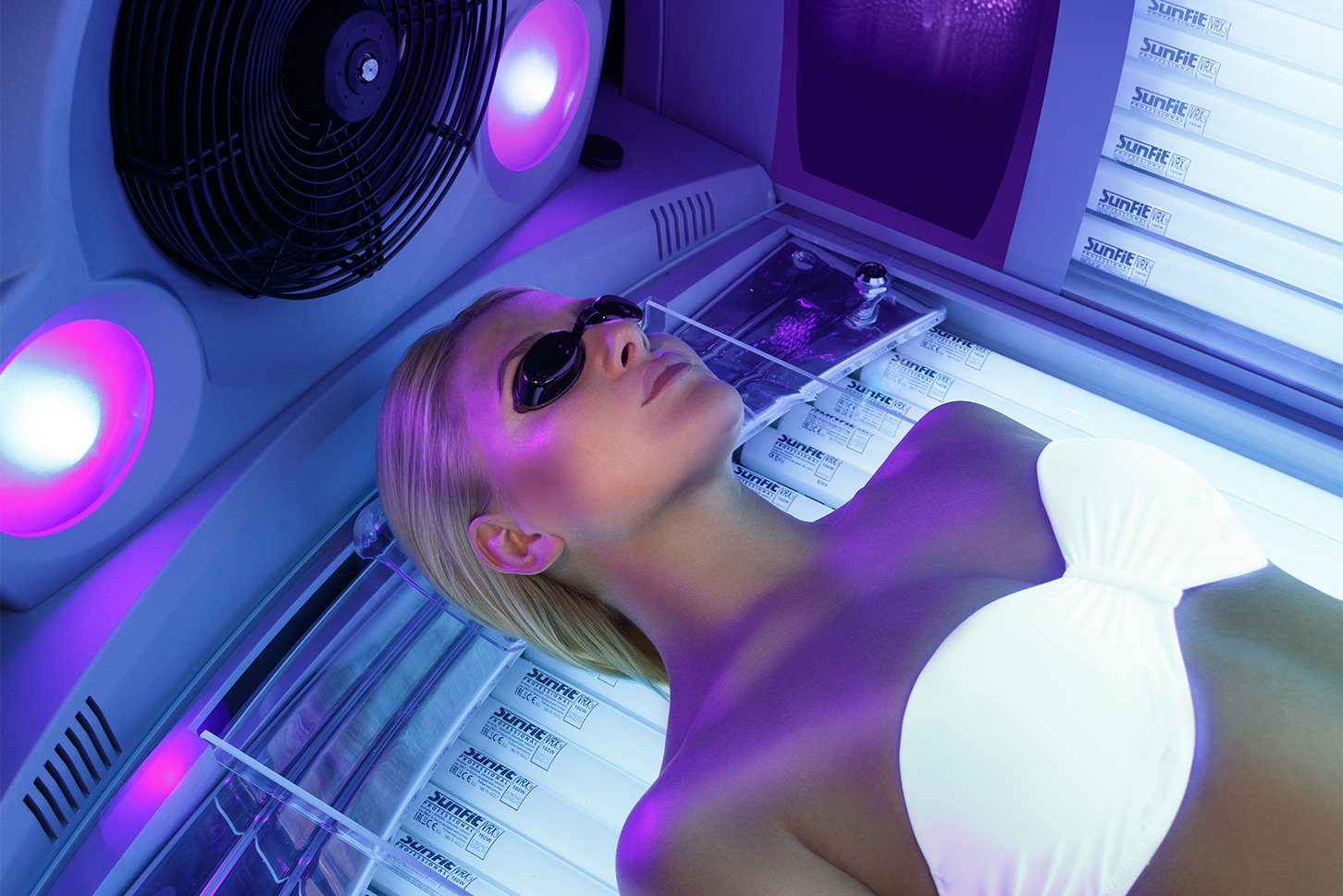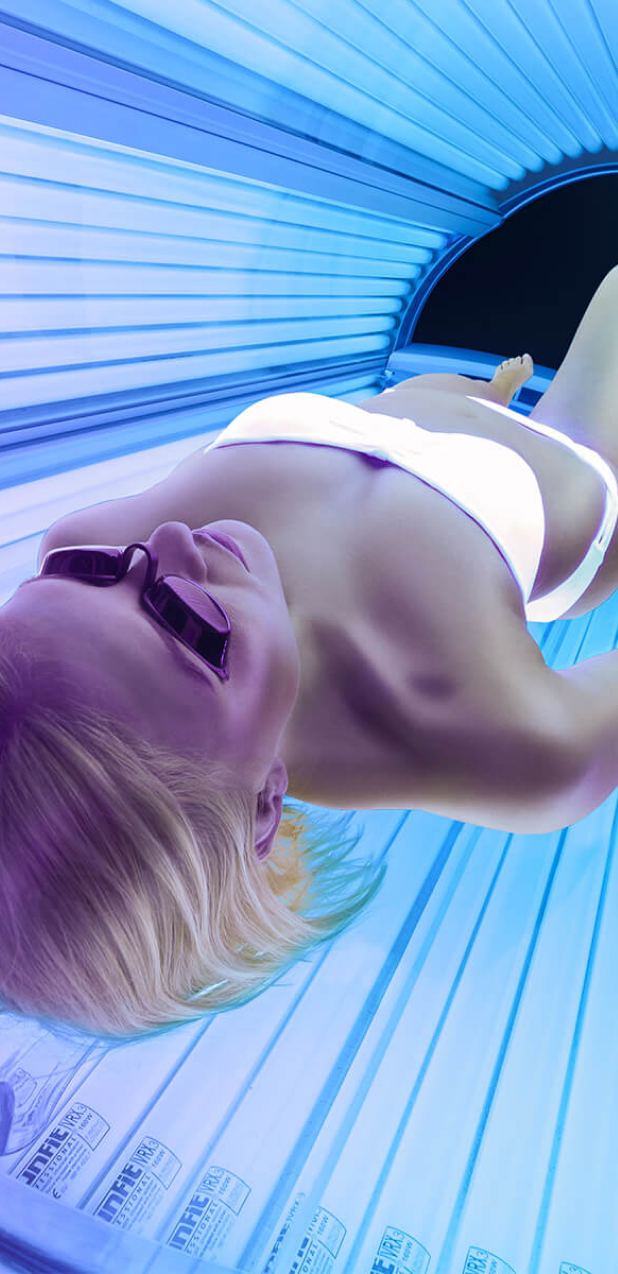Electricity And Sunbeds: How Much Electricity Do They Use?
If you're interested in renting a sunbed, you may have wondered how much electricity does a sunbed use. In today's world, where we all want to reduce our carbon footprint and save energy, it's an important question to ask. The answer is not straightforward, as it depends on various factors, like the size of the sunbed, the type of tubes used, and the duration of a tanning session. However, in this article, we'll delve deep into the topic of electricity and sunbeds and provide you with all the information you need to know.
Understanding the Basics of Sunbeds
Before we get into the question: How much electricity does a sunbed use? Let's first understand what it is and how it works.
What is a Sunbed
A sunbed is a device that uses UV radiation to simulate the effect of sunlight on the skin. It consists of a bed-like structure with tubes that emit UV radiation. The user lies down on the bed and exposes their skin to UV radiation to achieve a tan.
How Do Sunbeds Work?
Sunbeds emit UV radiation, which penetrates the skin and triggers melanin production. Melanin is a pigment that gives the skin its colour and helps protect it from UV damage. The more melanin produced, the darker the skin appears.
Factors That Affect the Electricity Consumption of Sunbeds
Now that we know how sunbeds work let's explore the factors that affect how much electricity a sunbed uses.
Type of Sunbed
The type of sunbed you have plays a significant role in determining how much electricity it will consume. There are two main types of sunbeds: lay downs and stand-ups. The latter, also known as vertical sunbeds, have lamps that emit UV radiation from all sides. In contrast, lay down sunbeds have lamps that emit UV radiation from the top and bottom.
Stand-ups typically use more electricity than lay downs because they have more lamps and a more powerful cooling system to prevent overheating. So, if you're concerned about your electricity consumption, a horizontal sunbed may be a better option for you.
Energy-efficient sunbeds
Energy-efficient sunbeds use other types of tubes and have energy-saving technology. These tanning devices are designed to use less electricity while providing an effective tanning experience. Helionova offers a wide range of energy-efficient lay down sunbeds.
Duration of Tanning Session
The longer a tanning session, the more electricity your sunbed will consume. It's important to follow the recommended tanning time for each skin type and not exceed it. Overexposure to UV radiation can lead to sunburn and premature ageing.
How Much Electricity Does a Sunbed Use?
Now that we know the factors that affect how much electricity a sunbed uses let's estimate how much electricity a sunbed consumes.
Let's take the Ultrasun Q14 energy-efficient sunbed for this case. The Q14 has 40x lamps of 120 Watt sunbed and uses 5.4kW. If you use a sunbed for 15 minutes, it will consume around 0.9 kWh of electricity. This is equivalent to cooking in an oven for 15 minutes, no pun intended.
Tips to Reduce Electricity Consumption
Suppose you're concerned about the amount of electricity your sunbed consumes. In that case, there are a few tips you can follow to reduce your energy consumption:
Rent an energy-efficient lay down
As we discussed earlier, horizontal sunbeds consume less electricity than vertical sunbeds. So, if you're concerned about your energy consumption, consider renting a horizontal sunbed.
Follow the Recommended Tanning Time
Overexposure to UV radiation can lead to sunburn and premature ageing. So, it's important to follow the recommended tanning time for each skin type and not exceed it. This will reduce your energy consumption and protect your skin from damage.
Use a Timer
Using a timer on your sunbed can help you keep track of your tanning time and ensure you don't exceed the recommended time. This will reduce your energy consumption and protect your skin from damage.
Conclusion
When it comes to the amount of electricity a sunbed uses, there are several factors that can influence this. One of the most important factors is the type of sunbed being used. Energy-efficient sunbeds, for example, are designed to use less electricity than traditional sunbeds, which means they can be more cost-effective in the long run.
Another factor that can affect the amount of electricity a sunbed uses is the duration of the tanning session. The longer the device is on, the more electricity the sunbed will use. That being said, energy-efficient sunbeds are designed to help reduce energy consumption during tanning sessions. Even if you're tanning for a more extended period, you'll still use less electricity overall.
FAQs
How much does it cost to run a sunbed?
The cost of running a sunbed depends on the type of sunbed and how long the device is on. For example, the Ultrasun Q14 Magnum Power uses 8.500W. So, it would cost around £2.82 to run for an hour. In that hour, you can sell 3-6 sessions. You can always contact Helionova for a more accurate estimation.
Is it safe to use a sunbed?
Overexposure to UV radiation can lead to a negative tanning experience. So, it's important to follow the recommended tanning time for your skin type and not exceed it.
How often should I replace the bulbs in my sunbed?
The lifespan of the bulbs in a sunbed depends on the type of bulb and the frequency of use. Sunfit UV tubes last around 500 - 600 hours.
Related Articles



